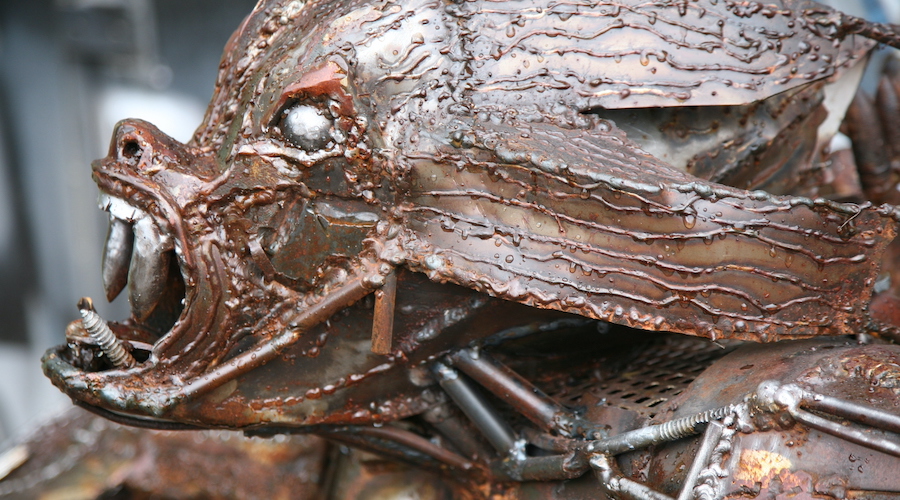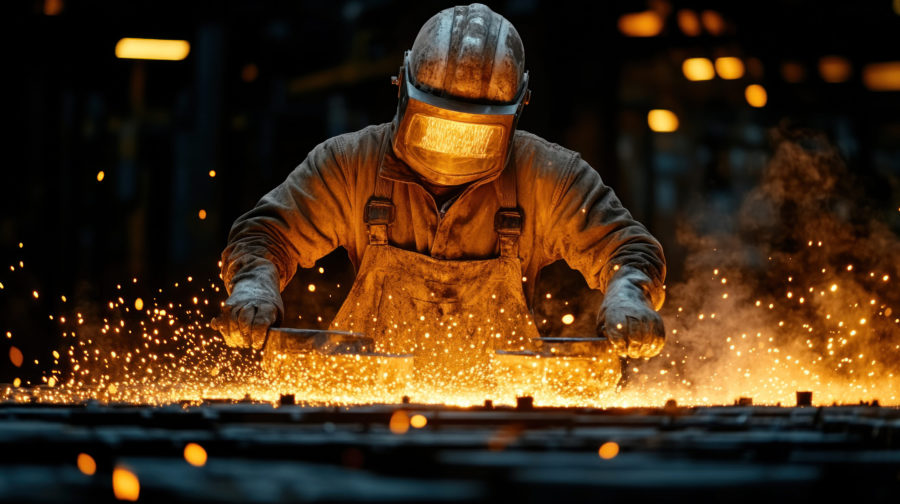Ever heard of strange metals? This is how to make them

MIT physicists and colleagues have unexpectedly discovered a new way to make a state of matter known as a strange metal. Strange metals are of interest for their unusual physics and because they have been found in the high-temperature superconductors key to several applications.
The work introduces a unique mechanism to create and study strange metals, whose electrons behave differently than those in a conventional metal like copper.
“It is a potential new approach to designing these unusual materials,” Joseph G. Checkelsky, principal investigator of the research, said in a media statement.
According to Checkelsky and his team, a new way of making strange metals will help them develop a unifying theory behind their behaviour.
“This has been quite challenging to date, and could lead to a better understanding of other materials, including high-temperature superconductors,” said Linda Ye, first author of a paper on the work published in Nature Physics.
How the research came to be
In 2018, Checkelsky reported on a class of quantum materials known as kagome metals. Members of the kagome metal family are composed of layers of atoms arranged in a lattice of repeating units similar to a Star of David or sheriff’s badge. The pattern is also common in Japanese culture, particularly as a basket-weaving motif.
“We were interested in the Kagome lattice because theory showed that it should host a variety of interesting features for electrons sitting on it,” Ye said.
Indeed, in a 2018 paper Ye, Checkelsky and colleagues including Riccardo Comin and Liang Fu reported that their new Kagome metal produced Dirac fermions, nearly massless particles similar to the photons that carry light.
“In that case, the Dirac fermions were more or less expected from calculations,” Ye said. But the strange metals discovered in the current work were completely unexpected, and “that’s really bringing us to a new regime.”
After they discovered the Dirac fermions, the researchers wanted to see if they could find an even more interesting feature in the Kagome lattice called a flat band. This is a phenomenon where the electrons essentially stand still, although each still spins around its own axis.
Getting electrons to stand still allows them to talk to each other. And that’s when all the interesting things in condensed matter physics happen.
Looking for a flat band
More specifically, the team was looking for a flat band at the Fermi level, which can be thought of as the surface of the ocean. They found it and began exploring the system’s electrical properties while subjected to high pressure and a magnetic field.
They discovered that the electrons in the flat band interact strongly with other electrons in the system. The result can again be compared to the ocean. Unperturbed electrons in the flat band can be thought of as a calm sea. Once they start interacting with others around them, the calm sea becomes a roiling storm with the electrons acting in two different ways. The result: a strange metal.
“We knew the flat band would result in something interesting, but we didn’t know exactly what it would give us. And what we found is a strange metal,” Ye said.
She noted that the work shows that the kagome lattice is a “very important design principle for new electronic states.” As a result, she now aims to extend the work to other lattices.
More News
{{ commodity.name }}
{{ post.title }}
{{ post.date }}



Comments